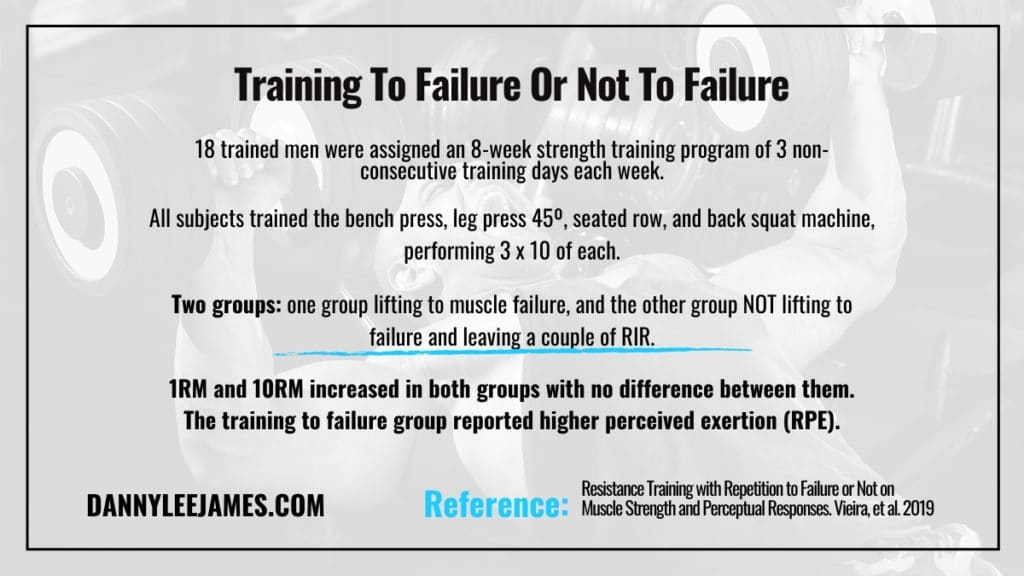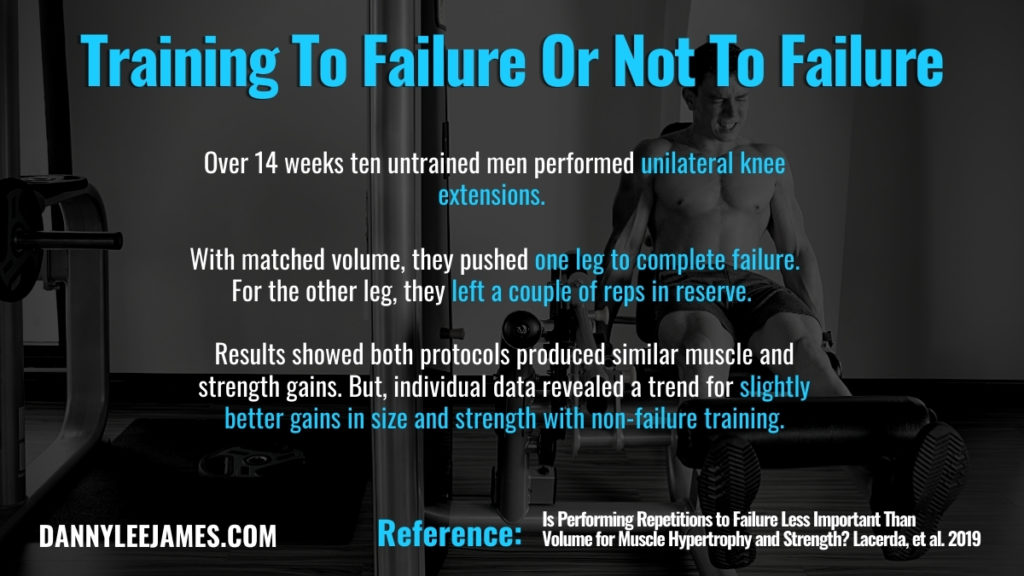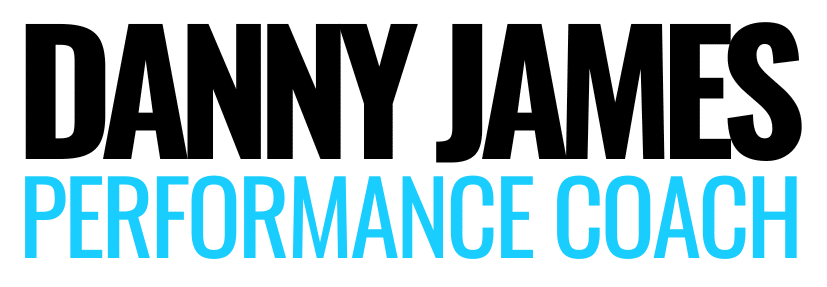Fresh out of the lab, we have a new study comparing the effects of strength training to failure or without failure on trained participants. The aim of this study was to explore the effects of a training program taken to muscle failure on strength and perception of fatigue.
Training to Failure or Not to Failure, Study #1
18 trained men were assigned an 8-week strength training program, consisting of 3 non-consecutive training days each week.
The subjects were placed into two groups: one group lifting until concentric muscle failure, and the other group NOT lifting to failure and holding a couple of reps in reserve.
Lifts used throughout the training program were bench press, leg press 45º, seated row, and back squat machine. Both groups performed 3 sets of 10 of each exercise.
Measures of muscle strength (1RM) and training load (10RM) were taken pre, peri (4W), and post (8W). The total training volume (TTV), ratings of perceived exertion (RPE), and the estimate of repetitions to failure were also established.

Results
The study found that 1RM and 10RM increased in both groups with no difference between them. The training to failure group, however, reported higher perceived exertion (RPE).
The takeaway here is that regardless of whether or not they trained to failure, increases in muscle strength were similar when volume was matched. Not only that but training to muscle failure for experienced lifters, lead to a greater sensation of fatigue and exhaustion.
On a side note, I wrote a quick follow up of this study looking at fatigue from high vs. low loads.

Training to Failure vs. Volume, Study #2
On to another study and yet another nail in the coffin of training to failure.
This one looked into the effects of muscle failure (MF) or not to failure (NMF) training on strength and hypertrophy.
They recruited ten untrained men and looked at average and individual data over 14 weeks of training. Subjects performed unilateral knee extensions for 3-4 sets, 3 minutes of rest, and 55-60% of one-repetition maximum (1RM).
With matched volume, they pushed one leg to complete failure. For the other leg, they left a couple of reps in reserve. That was really the only difference.
Now, if conventional bro-wisdom help up, the to-failure leg would be bigger and stronger.
Because it worked harder, right?
Well, once again, science saves us from ourselves.
Results
The average results showed that both protocols produced similar muscle and strength gains. But, individual data revealed a trend for slightly better gains in size and strength with NMF.
This study lines up with much of the current research on training to failure so far.
The overarching theme being that redlining your sets does not work any better than brushing the ceiling. In fact, MF may even cost you some progress in the long run.

Summary
It seems that training to max or close to it is equally effective for increasing muscle strength and training load. Training to failure, however, leads to far greater perceived exertion and accumulates more fatigue.
My preference and recommendation is to always leave a couple of reps in reserve rather than taking sets to all-out.
For all the extra grunt and grind, there doesn’t appear to be an added benefit to white-knuckling your workouts. You will, however, gather more fatigue overall which may lead to slower progress across the broader training program.
References
- Resistance Training with Repetition to Failure or Not on Muscle Strength and Perceptual Responses. Vieira, et al. 2019
- Is Performing Repetitions to Failure Less Important Than Volume for Muscle Hypertrophy and Strength? Lacerda, et al. 2019
Related
Updated on 18th February 2020








[…] far the research has consistently favoured NOT training to failure or training to a relative […]
[…] an interesting follow-up to last weeks post on training to failure. So far we’ve covered sets to fail versus proximity from failure and […]
[…] Training To Failure Is Training To Fail […]
[…] Training To Failure Is Training To Fail […]
[…] Performed each set at or near muscle failure. […]
[…] Performed each set at or near muscle failure. […]
[…] put two groups on the same eight-week full-body training program, consisting of 4 sets of 8-12 reps to failure twice per week on nonconsecutive […]